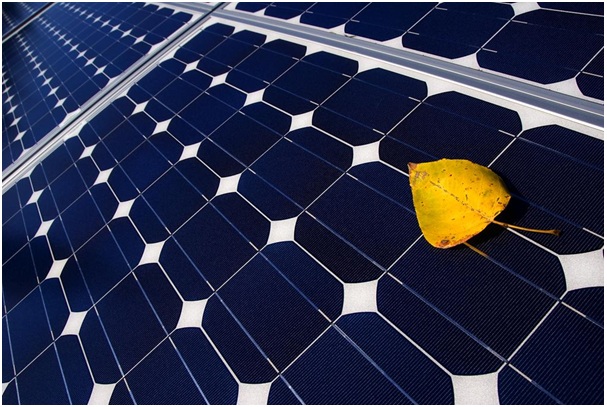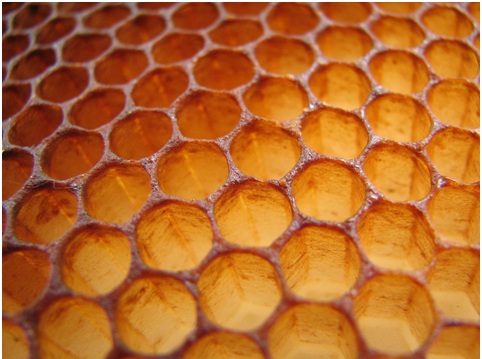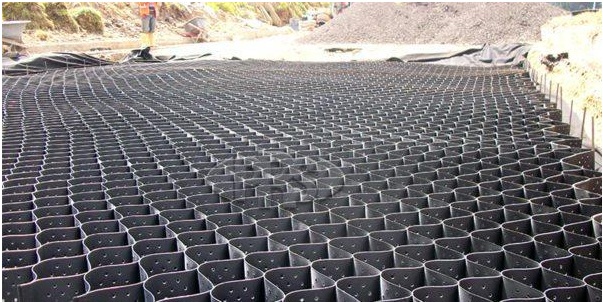There can be no better source of inspiration for today’s engineers, designers, and architects looking for more sustainable, intelligent and resilient ways of creating the built environment than Nature. After all, those designs have been perfected over millions of years, with only the most efficient and adaptable traits being passed on down the generations.
From studying the way a giant humpback whale manages to maneuver in astonishingly tight circles to create the ‘bubble nets’ which they use to disorient their prey, to the echolocation used by dolphins to communicate underwater, and the ways communal insects like bees and termites create such strong and efficient mass housing for their vast colonies, we have a lot to learn!
Here we look at some of the broader lessons and techniques we see all across the natural environment, as well as some specific examples and their applications.
Multipurpose design
A road is for driving on, a roof is for keeping the elements out, bridges are for crossing rivers. In nature, however, few structures serve only one purpose. The shape of a tree, for example, not only ensures that the leaves receive maximum sunlight for energy production butalso shade the roots below and help to keep the ground moist.
Leaves themselves, of course, are some of the most common multipurpose features in the natural world, incorporating energy creation, transport of nutrients and water, cooling, a platform for gaseous exchange, and even a self-cleaning waxy cuticle all in one compact design.
For those in the engineering world, the unique design of the banana petiole is particularly fascinating. Despite bearing a heavy load of fruit and serving multiple functions, the stems of the banana manage to achieve the perfect balance between rigidity and flexibility, allowing them to reconfigure to their original shape even in the high wind speeds associated with a tropical monsoon.
By studying and examining the ways nature solves common engineering problems, we could learn to make the structures we build more resilient while serving multiple functions in the process. Green roofs which create energy through solar panels and collect water through rain harvesting, for example, may be just the beginning.
Perfect shape
From emulating the shape of a humpback whale fin to create more efficient wind turbines, to learning how to better ventilate buildings by studying termite colonies, to unraveling the surprisingly beautiful mathematics behind the spiral of seashells, the natural world is full of designs that have been perfected over millennia of evolution through trial and error.
Companies like PRS Geocell Technologies make use of the familiar honeycomb shape associated with bee colonies to create a more sustainable soil stabilization technique. In nature, this shape acts as the perfect mix of structural support and storage facility for honey – and in geocells, they work just as well in creating what’s called a ‘cellular confinement system’. The shape is so suitable for stabilizing soft soils and reinforcing road pavements that it can be filled in with whatever local soils or other granular materials are readily available, an important factor in making the soil stabilization process more sustainable for roads, railways, slopes and ports.
Working with the elements and natural ecosystems
Most manmade structures are designed to withstand the elements, whereas in Nature, many structures are designed to use them to their advantage. An excellent example is the Phalanx insulation grid designed by a team from California State University at Long Beach. This biomimicry-inspired grid can be applied to the exterior walls of existing buildings and helps to reduce interior building temperatures passively. It consists of a shade layer inspired by the cactus and Saharan silver ant, an air channel layer inspired by cathedral termites, and a capillary layer to draw up dew or waste water inspired by wheat and the Saharan camel.
Making use of the strong updrafts created by tall buildings to power wind turbines is another good example of engineering working with the elements rather than in spite of them.
Incorporating natural ecosystems in the built environment
While learning and copying from nature can vastly improve the quality, durability and cost-effectiveness of the manmade world, there are some things that only natural ecosystems can provide. These natural features and processes are often referred to as ‘natural capital’ and making space for these systems to function properly can help entire cities become healthier and more efficient spaces. From the provision of food and timber, recreational spaces and the regulating effects of natural ecosystems on aspects such as water purification and flood risk reduction, green spaces should be a major consideration in the planning of any new development.
“When we look at what is truly sustainable, the only real model that has worked over long periods of time is the natural world.” – Janine Benyus, Co-founder of The Biomimicry Institute.



